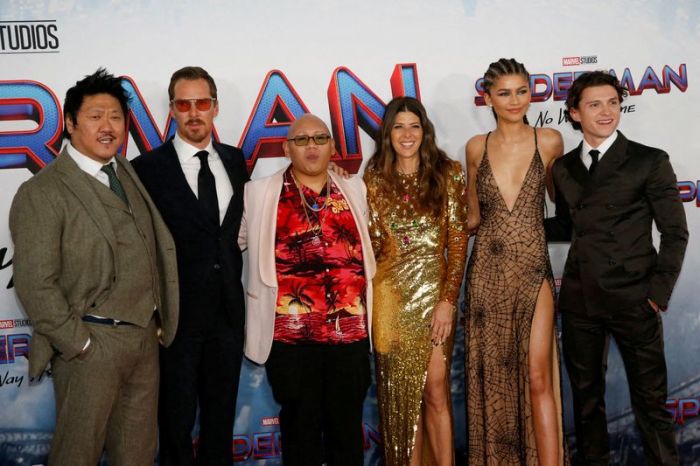NEW YORK (Reuters) – If there is a singular skill that got us through the last couple of years in one piece, it is creativity.
One organization far ahead of the curve on creative thinking is The LEGO Group. Its chief product and marketing officer, Julia Goldin, spoke with Reuters about unlocking and developing this critical skill – not just at the C-Suite, but across entire organizations.
Q: Why is creativity important to an organization?
A: Usually people think about creativity in terms of art or theater or performance. We know from the work we have done, that creativity is a much bigger set of skills with much broader applications.
It’s essential and becoming more essential than ever before. In the workforce, creativity can apply to problem-solving, resilience, coming up with ideas, evolving those ideas and finding solutions.
Q: What is the best way to encourage creativity?
A: We use LEGO bricks not just in our training sessions, but even in our daily work. They provide an opportunity for teams to come together. For example, once a year we have a global ‘Play Day’ where we bring all employees into environments where they can play and learn and build connections.
Q: Can you give an example?
A: One of the things we did during COVID was to use the bricks we had at home, to build a model of what our experience and state of mind was like. When you make something like that, it pushes you to think of what you want to communicate, and how to make it tangible.
Some people’s models showed how torn they were between working and taking care of children; or what was giving them pleasure, like gardening or making dinner. The bricks gave everyone the opportunity to be open about what they were going through, to create stronger emotional connections and bonding.
Q: During COVID-19 especially, how has it been important for companies to think in out-of-the-box ways?
A: Most companies the last couple of years have encountered issues and challenges that never could have been predicted. So creative problem-solving and flexibility have become extremely important. Many changes needed to take place, and rapidly.
Whether the issue was your influence on the environment, or supply chain shortages, or more pronounced social issues, or even taking care of your own workforce, all these things have required companies to be much more creative.
Q: Adults tend to be fixed in our thinking. How do you take inspiration from kids?
A: We always talk about children being our role models. They have huge imaginations and a lot of flexibility. When they build with LEGO bricks, they can foresee a huge number of different outcomes, and are constantly exploring, and are comfortable with things not working at first.
The way to learn how to walk is by falling down, and children are not afraid to make mistakes. We can all learn a lot from children and apply that to how we work ourselves.
Q: As a leader, how do you communicate those values of creativity to a large organization?
A: By being very simple and ensuring everyone, including leadership, understands the message.
For example, when we do things at the company, we all do them. If we have all been given a ‘play box’ of bricks, executive leadership teams will sit down and do exactly the same thing.
That way when new people come into the organization, they understand where we’re coming from. It comes down to clear communication, and consistent, frequent, hands-on learning.
Q: Since you work in product development as well, do you have a favorite product?
A: That’s like asking me about my favorite child. I couldn’t pick one, but right now I am building the Barcelona soccer stadium with my two sons. They are both big fans.
Also I worked recently on a grand piano; I’m a pianist myself, so that was very special. I have quite a few other big boxes waiting for me, but I’m waiting until I have more time.
Q: What advice do you have for other companies about fostering creativity?
A: Creativity needs to be seen in a broader sense – not just artistic ideas, but something that is important for everybody. We can all be creative in solving problems. Secondly, you have to create the right environment of trust and psychological safety. Then people are not afraid to make mistakes. When people know they will be heard, that facilitates creativity, no matter where they sit in the organization.
(Editing by Lauren Young; Editing by Diane Craft)
























